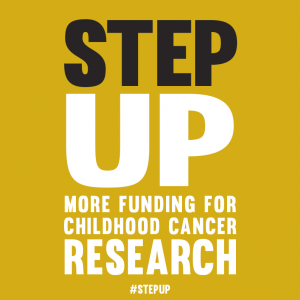30% – The Amount of GOG Federal Funding Cuts Over the Past Ten Years
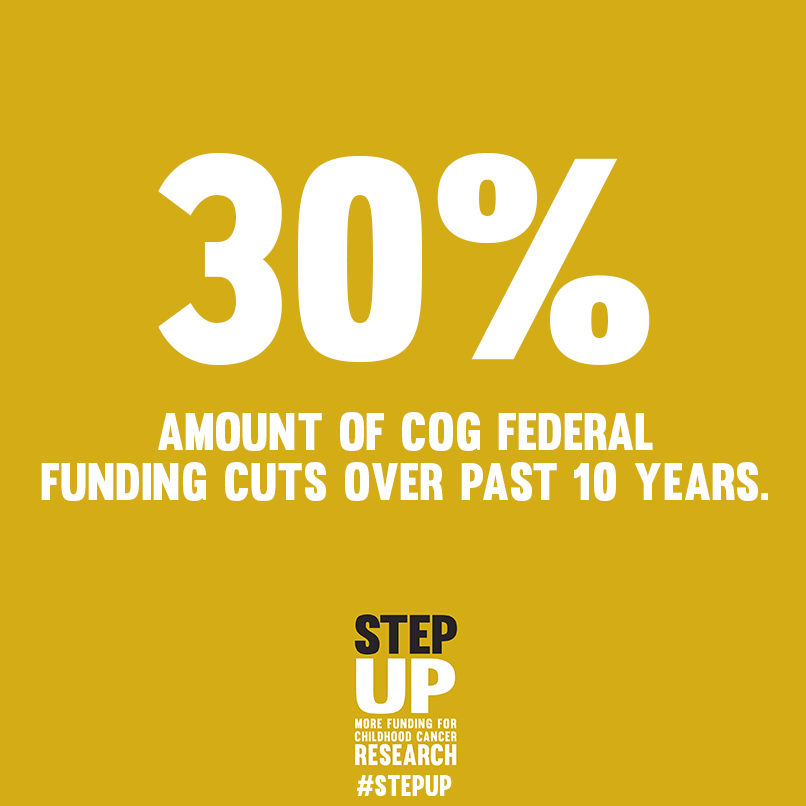
Day 6: 30% – amount of COG federal funding cuts over past 10 years (adjusted for inflation)
Providing a Voice for the Voiceless – By S. Stephen Smith, age 17—written in memory of his 8-year-old brother Andrew
“The American Cancer Society estimates that 15,780 children and adolescents will be diagnosed with cancer in 2014. Cancer is the leading cause of death by disease for American kids. However, less than four percent of NIH funding is designated to pediatric cancer research every year. In 2007 my younger brother Andrew was diagnosed with diffuse intrinsic pontine glioma (DIPG), a rare, inoperable and terminal brain tumor. He was one of the thousands of American kids who are diagnosed with cancer annually. In 2012 the National Cancer Institute funded $208,070,156 worth of research for all types of childhood cancer combined compared with $602,728,719 for breast cancer research alone.
This is a societal injustice that is not made public because children do not have a voice. They are not represented in the media, government, or corporate worlds. They cannot organize massive fundraising drives for themselves, and they are not able to gain the attention of adults who can do something about their plight. Pharmaceutical companies stay away because there is no profit in pediatric cancer research, the government fails to step up, and our children—our neighborhood kids, and our schoolmates—are stuck with the cancer treatments we have been using for the last fifty years.
Something has to change. We can be the difference. Standing up, speaking out, holding firm and not backing down. It cannot be more applicable than now. Spread the word, state the facts and see the change. Without an increase in funding for childhood cancer, we will still be using the same old treatments fifty years down the road. Surely the children of our communities deserve better. I know my brother did.”
Although necessary, the plethora of numbers and statistical percentages surrounding discussions about money, budgets, and funding cuts can sometimes seem impersonal and difficult for us to connect to, but the dire repercussions of the statistics Stephen cited become horrifyingly real if we take the time to get to know some of the children who did not survive their battle with childhood cancer.
Our hope is that after reading the following heart-wrenching excerpts, and getting to know more about some of the brave little individuals whose lives were lost during the war against childhood cancer, the consequences of the 30% federal funding cuts for COG hospitals (over the past ten years) will no longer be discussed in abstract percentages, but rather in terms of the tangible loss of innocent lives.
Name: Aimee Lynn Dickey, DOB: 07/22/96, Diagnosed with DIPG: 09/27/07, Date of passing: 12/12/08
“Aimee started complaining of headaches in January, which became more severe over the next few months. During our initial trip to the doctor, prior to any tests being done, it was determined that she had migraines and she was given medication for her headaches. Aimee was a cheerleader and had several competitions between May and August—it was around this time that she began losing her balance, and started getting hic-ups even with just a sip of water. She then began to struggle with her breathing. After several more trips to the doctor’s office—again with no tests done, she was given acid reflux medicine, as well as asthma medicine. We were told that she was dehydrated and were given several antibiotics for an inner ear infection, which they claimed was responsible for the dizziness and loss of balance. Finally, at the end of August she began to vomit and needed much more sleep than in the past. She told me that the doctors were crazy, because the only thing wrong with her was that she had a brain tumor. I of course told her she was crazy, because “kids don’t get brain tumors.” Then she made a bet with me for $10.00 because she said she felt it growing.
September 25th, I took Aimee to see a new doctor; he did several neurological exams and referred us to a neurologist. The earliest appointment we could get was in October. Upon leaving the office Aimee began to vomit profusely, refused to go back in to see the doctor and just wanted to go home and sleep. She stayed home from school the next day, and slept and vomited off and on all day. Then on Thursday the 27th, Aimee woke up with an extreme headache but still wanted to go to school because it was picture day.
We began to ride our bikes and Aimee was swerving all over the road. I joked that she was going to get a DUI for her riding. She said instead that she was going to pass out—and she did. We rushed to the hospital and Aimee was immediately taken in for a CAT scan. A doctor came in and told me they saw a shadow on her brain and were taking her for an MRI. I was then taken to another room, where the doctor told me that Aimee had an inoperable brainstem tumor. At that point I sat in the room numb, and in total disbelief. How can my child have a brain tumor? This cannot be happening! I walked back into Aimee’s room, attempting to mask my inner panic, and saw that Aimee had her hand out, waiting for her $10.00.
Aimee was admitted for further testing and was immediately put on dexamethasone (a potent synthetic steroid) to reduce the swelling within her brain. Aimee’s neurosurgeon explained that Aimee had a DIPG, which was why surgery was not an option. He also told us that Aimee should not have lived long enough to be diagnosed and that her tumor was the worst they have ever seen, concluding with the grim statement that Aimee would likely only survive 6 months with radiation, if that long. Again, I was in shock.
Aimee spent a total of 54 days in the hospital. She responded very well to the radiation and was back to her old self before we were discharged. She was also weaned of the dexamethasone before we left the hospital. The only medication she was sent home with was oxycodone for pain. In April we learned that her tumor had progressed, and that she would have maybe 8-12 weeks left to live. At that appointment we were told that she could start a new trial. Aimee and I discussed it, and she asked, “What will this treatment do for me?” Answer: “Maybe extend your life by a few weeks, during which time you may be very ill.” She looked at me, then back at the doctor and said, “If I only have a short time left I would rather die holding my mother, rather than holding the toilet—keep your drugs.” A few weeks later Aimee woke with a severe headache, and was partially paralyzed on her right side, but Aimee was insistent about returning to school in September. She was entering the 7th grade in a brand new school in a new state and didn’t know anyone in her class. A few days after school started I found a letter that she had written to her classmates:
HI I AM AIMEE, I AM 12 YEARS OLD, AND I AM JUST LIKE YOU. I LOVE READING, MUSIC, GO-KART RACING, CHEERLEADING AND MAKING CRAFTS. YES I MAY BE SITTING IN A WHEELCHAIR, AND MY FACE MAY LOOK FUNNY AND TALK FUNNY, BUT PLEASE DON’T BE AFRAID OF ME BECAUSE YOU CAN NOT CATCH WHAT I HAVE. I HAVE A BRAIN TUMOR AND THE DOCTORS SAY I AM GOING TO DIE. BUT I JUST WANT TO BE AS NORMAL AS POSSIBLE JUST LIKE YOU. SO PLEASE DON’T BE AFRAID OF ME. I AM NOT AFRAID OF YOU EVEN WHEN YOU MAKE FUN OF ME. I WILL STILL BE YOUR FRIEND SO CAN YOU PLEASE BE MINE.”
Name: Caleb Wayne Spady, DOB: 1-7-98, Diagnosed DIPG: 4-3-08, Date of passing: 7-21-09
“Our son was 10 years old when he was diagnosed with DIPG. Like most 10 year old boys, he was active and vibrant—full of life. He lived life to the fullest and was happiest when he was playing baseball.
There weren’t many clinical trials available for children newly diagnosed with DIPG when Caleb was diagnosed on April 3, 2008. The only trial available via the pediatric oncology clinic easily accessible for us was a Phase II COG trial involving motexafin gadolinium as a radiosensitizer. We were told that radiation therapy was the only treatment that had even a remote a chance of working for kids with DIPG, which is why the focus of most clinical trials was to increase the effectiveness of radiation. This made sense to us, so we entered Caleb in the trial.
Each morning, Caleb received an infusion of the bright green motexafin gadolinium compound in the pediatric oncology clinic. Within a week of beginning the trial, Caleb began to develop unusual side effects. He became very sensitive to the sun; he felt a prickly sensation that quickly developed into full-fledged pain when he was outdoors. Within days of this, blisters began appearing on his face, hands, neck, arms and ears. At first they were just little water blisters. Soon, they became huge bubbles—some of them as large as a small apple on the backs of his hands. His fingernails turned a milky white and began to separate from his nail beds.
Throughout this time, despite a tremendous amount of discomfort, Caleb continued to play baseball. We saturated him in sun screen and covered his skin with cloth and bandages. The pain was intense. He had already been relegated from the position of shortstop (where he had played his entire life) to outfield, because his reaction time was slowing. Now he could hardly stand to be in the field. After the third out was called, he raced into the dugout where we had ice chests filled with cold and warm rags to wrap him in—one of the few efforts that brought him any relief. We rubbed topical anesthetic on his skin and, when it was time for him to hit, he wore an eye-patch on his left eye, and thick football lineman’s gloves to dull the pain of the blisters as his hands tightly gripped the bat.
The green chemicals gave his skin a green tint and even produced green stripes down his neck and back, and across his shoulders. Add the blisters, various bandages and big gloves and he looked like quite a character—hardly the accomplished and talented baseball player he was. There were times when ignorant fans or unknowing umpires made thoughtless comments. Still, he played. He was devoted to the game. Caleb was miserable while he was on the trial and for several weeks after it had concluded. We worked to heal the damage that had been done, but his skin was marred and scarred by the blisters and open wounds, and he never looked the same.
I greatly regret that we allowed him to suffer so—even required it of him. He never complained about the therapy; never once did he consider withdrawing from the trial. We believed it held promise and was the only hope we had of beating the evil disease. He was ready to fight from the moment he was diagnosed; he was a tough boy.”
Name: Hope Alizah Kimlee Fuller, DOB: 6/26/97, Diagnosed with DIPG: 7/29/09, Date of passing: 3/10/10
“In the first few days after diagnosis, things tend to be a blur. As you are still trying to process the words “average survival is less than 1 year” you begin to notice disturbing changes in your child–eye issues, balance issues, head ache, nausea, just to name a few. Treatment…well really at this point there is none. You are told that steroids and radiation will most likely shrink the tumor initially and help with symptom management, but this little “honeymoon period” is short-lived, and soon enough the tumor will begin to grow again. Various highly technical treatment options are discussed, but there is little (if any) data indicating that any of these painful and invasive treatments will actually extend your child’s life expectancy of the child beyond 24 months—and as a parent, you must take into consideration what your child’s quality of life would be during that time…
Initially you see the steroids as your saving grace. You hear the side effects of extreme hunger and weight gain as possibilities but with naïve confidence you think that you can control your child’s portions and just encourage healthier choices. There is no reason for significant weight gain for your child. Sleeplessness won’t be a problem because your child sleeps like a rock. Incontinence isn’t even mentioned in those early days. Muscle deterioration? No problem, your child is active and strong. Anger management has never been an issue at your house, tantrums are not acceptable.
My Hope was one of the children who (with the exception of 48 hours) were never off of the steroids. She gained over sixty pounds in just six months and lost the use of her right arm. She was able to walk assisted short distances until about five weeks before she died, but other than that, she was confined to a wheel chair. Her stretch marks were worse than any pregnant woman I’ve ever met and eventually those marks became open wounds in some areas. Hope never had the reprieve of a ‘honeymoon period.’ Hope saw no relief from the radiation. We watched in a state of helpless devastation as her tumor, which had barely shrunk at all, began to grow almost immediately, creating areas of necrosis that caused further harm to our beautiful girl. Through every nightmarish moment Hope was courageous. She continued to speak in terms of “when I get better” and “after treatment.” She attended therapy even when it hurt because she knew it was ‘good for her’. Hope was a hero.
We live in a world of constantly emerging technologies, and I believe that there are new, more effective cancer therapies on the horizon. I pray that your child will be the first of many long-term cancer survivors.”
These children represent just a few of the casualties in the war against childhood cancer. Their lives have become the collateral damage of merciless funding cuts, which have further restricted the alreadylimited number of clinical trial options available for children with cancer.
These children need better options—they should not have to choose between death and ineffective clinical trials that will reduce their quality of life to an unbearable level. Please join the #StepUp campaign as we lobby congress to secure increased funding for childhood cancer research through the National Cancer Institute (NCI).
You can support the #StepUp campaign by:
- Sharing a post on Facebook or Twitter, and asking friends to do the same
- Sending a letter to your Congressional Representative or Senator
- Tweeting directly at your Senator/Congressional Reps at the #SoundOff campaign website (#StepUp).
The war against childhood cancer will be lost without adequate funding for clinical research, but together we can tilt the scales toward victory, ensuring that no child’s life is cut short because of childhood cancer.
There are many ways for you to help:
- A little bird will shout from the rooftops that kids deserve to be a higher priority. Tweet your members of Congress usingSoundOff with a new message each day. Here is an example tweet:
- Posting to Twitter on your own? That’s great! Please use the #StepUp hashtag so we can track our success. Here are some example posts:
- Email your Representatives (by clicking either of these links: House and Congress) and ask them to increase appropriations for NCI and reauthorize the Carolyn Pryce Walker Act.
- Change your Facebook and Twitter profile photos to the “StepUp” image
- Directly ask three friends to share the message with their representatives




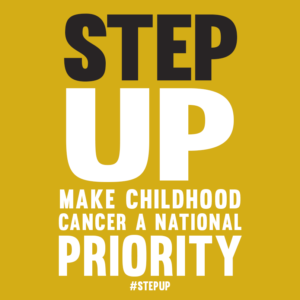
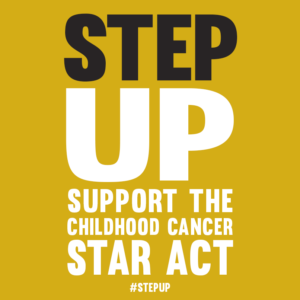 1 out of every 285 children will be diagnosed with childhood cancer every year, and nearly 90% of those children will receive treatment through clinical trials supported by NCI’s Children’s Oncology Group. Because every type of childhood cancer requires a unique treatment approach, development of new, effective, and less toxic treatment protocols has lagged significantly behind similar efforts into adult cancers. In fact, of the 109 new cancer drugs developed since 1990, only two were developed and approved by the FDA to specifically treat childhood cancer.
1 out of every 285 children will be diagnosed with childhood cancer every year, and nearly 90% of those children will receive treatment through clinical trials supported by NCI’s Children’s Oncology Group. Because every type of childhood cancer requires a unique treatment approach, development of new, effective, and less toxic treatment protocols has lagged significantly behind similar efforts into adult cancers. In fact, of the 109 new cancer drugs developed since 1990, only two were developed and approved by the FDA to specifically treat childhood cancer.
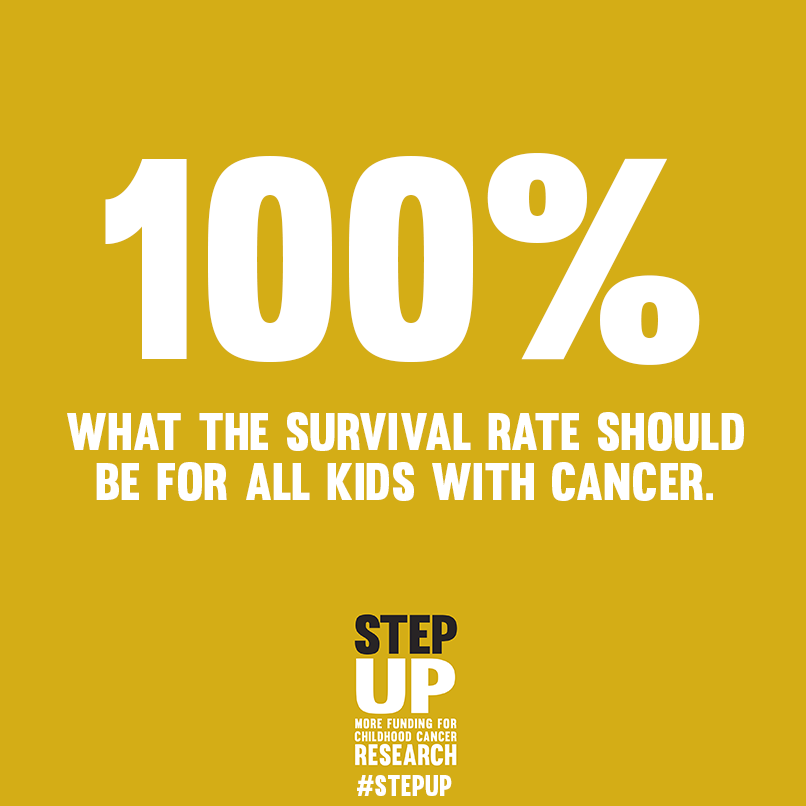

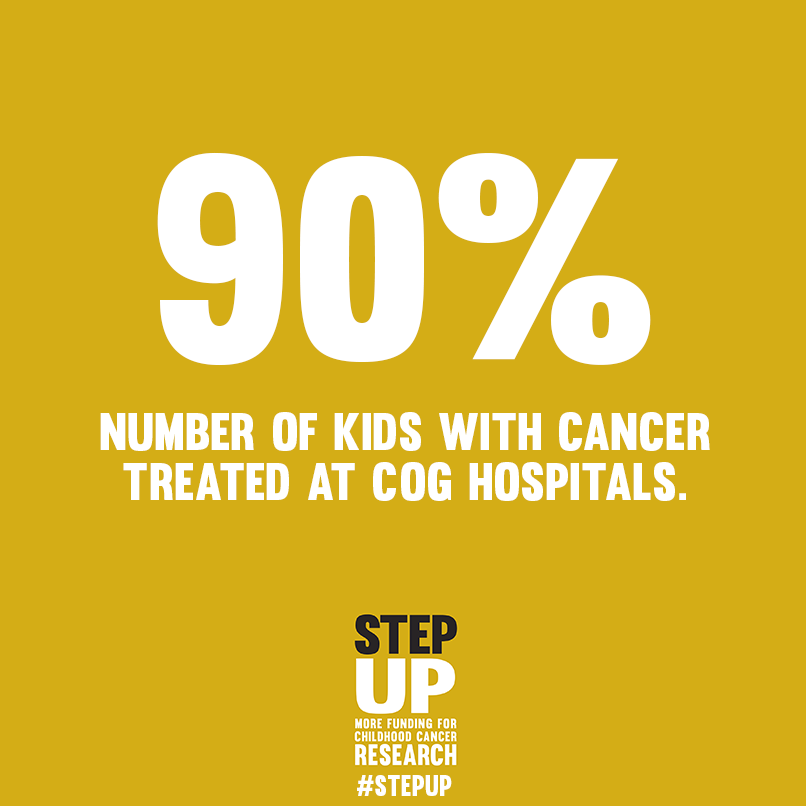

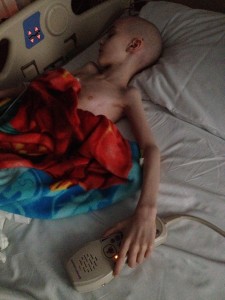 Obviously, these are difficult days, even when things go “well”—as parents of a child living with cancer, there is no reprieve from the fear and pain of watching your child suffer. But at this phase, we are too immersed in the daily task of living with cancer to dwell too much on the potential dangers lurking in the future. And not every day is terrible. Life goes on despite my fears. We get up each day, and do what we need to do in order to balance fighting the cancer and providing Ollie with the highest quality life possible. He is so much more than a cancer patient—he is a seven-year-old boy, and his childhood still needs nurturing and room to thrive. The only way for a child to spend an entire school-year in a hospital and not lose that precious sense of “being a kid,” is with the help of a compassionate medical team, dedicated to caring for Ollie in a manner that respects and preserves the integrity of his childhood.
Obviously, these are difficult days, even when things go “well”—as parents of a child living with cancer, there is no reprieve from the fear and pain of watching your child suffer. But at this phase, we are too immersed in the daily task of living with cancer to dwell too much on the potential dangers lurking in the future. And not every day is terrible. Life goes on despite my fears. We get up each day, and do what we need to do in order to balance fighting the cancer and providing Ollie with the highest quality life possible. He is so much more than a cancer patient—he is a seven-year-old boy, and his childhood still needs nurturing and room to thrive. The only way for a child to spend an entire school-year in a hospital and not lose that precious sense of “being a kid,” is with the help of a compassionate medical team, dedicated to caring for Ollie in a manner that respects and preserves the integrity of his childhood.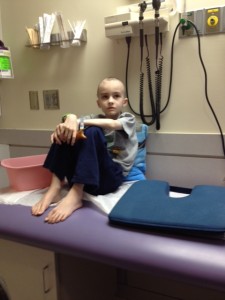 Ollie worries about it all week, and dissolves into tears when the time finally comes. Even after fifty-two dressing changes, the look of pure fear in his eyes is always the same. Ollie’s only comfort in this experience is when he is allowed to remove the bandage himself. Doing so allows him to feel more in control of the process, and he can pull it off in a manner that minimizes the pain. This can be a rather painstaking endeavor, and to accomplish it we need a nurse who is willing to sit patiently by Ollie’s side, encouraging him to remove the bandage at his own pace, ensuring that the quality of care is not compromised. It is this consistently high level of patient care (even when it comes to the smallest of details) that helps us get through our days, and without which, our already fragile sense of hopeful persistence could easily disintegrate. When John Oliver is in pain, and we push the call button to request medicine, every second we spend waiting feels like an eternity. We need medical professionals who understand this, and who share our sense of urgency to help Ollie feel better. We have found this type of responsive, compassionate care from the doctor and nurses at our hospitals.
Ollie worries about it all week, and dissolves into tears when the time finally comes. Even after fifty-two dressing changes, the look of pure fear in his eyes is always the same. Ollie’s only comfort in this experience is when he is allowed to remove the bandage himself. Doing so allows him to feel more in control of the process, and he can pull it off in a manner that minimizes the pain. This can be a rather painstaking endeavor, and to accomplish it we need a nurse who is willing to sit patiently by Ollie’s side, encouraging him to remove the bandage at his own pace, ensuring that the quality of care is not compromised. It is this consistently high level of patient care (even when it comes to the smallest of details) that helps us get through our days, and without which, our already fragile sense of hopeful persistence could easily disintegrate. When John Oliver is in pain, and we push the call button to request medicine, every second we spend waiting feels like an eternity. We need medical professionals who understand this, and who share our sense of urgency to help Ollie feel better. We have found this type of responsive, compassionate care from the doctor and nurses at our hospitals.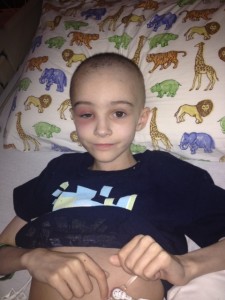 Unfortunately, in the war against childhood cancer, cancer wins most of the battles; however, one of my favorite hospital memories occurred shortly after Ollie’s bone marrow transplant. He was isolated to a hall with eight hospital rooms, restrained by many rules to restrict contact with germs and other hazards while his immune system was wiped out and rebuilt. He was sad, bored, and suffering from mouth sores, seeming to lack interest in anything. The physical therapist came by, noticed his dejected temperament, and arranged a sticker scavenger hunt in the hallway. Ollie had to wear a mask and gloves to leave his room, and the stickers had to be wrapped in plastic to avoid any potential contamination, but it got him out of his room, walking through the little hallway, laughing and playing, even with an IV pole in tow. The sparkle renewed in his eyes was clear evidence that childhood took the victory on this one!
Unfortunately, in the war against childhood cancer, cancer wins most of the battles; however, one of my favorite hospital memories occurred shortly after Ollie’s bone marrow transplant. He was isolated to a hall with eight hospital rooms, restrained by many rules to restrict contact with germs and other hazards while his immune system was wiped out and rebuilt. He was sad, bored, and suffering from mouth sores, seeming to lack interest in anything. The physical therapist came by, noticed his dejected temperament, and arranged a sticker scavenger hunt in the hallway. Ollie had to wear a mask and gloves to leave his room, and the stickers had to be wrapped in plastic to avoid any potential contamination, but it got him out of his room, walking through the little hallway, laughing and playing, even with an IV pole in tow. The sparkle renewed in his eyes was clear evidence that childhood took the victory on this one!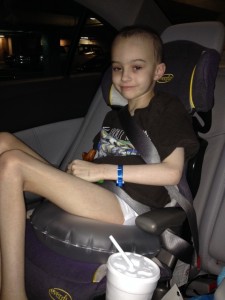 My son’s failing health is not due to incompetent care or denied access—it is directly linked to insufficient funding for childhood cancer research. It is almost impossible for me to fathom that these already inadequate funds are at risk of further cuts. The horrendous suffering of my sweet seven-year-old boy is due to harsh and ineffective treatments; any chance he has of survival is because of the high quality of care we have received at Children’s of Alabama and Children’s Healthcare of Atlanta. I’d invite any congressperson to spend the night on either of these oncology floors and witness firsthand the diligent and committed work of the medical teams, and the profound and heartbreaking suffering of their tiny patients. It is very clear that no funding can be spared, and that to save our children from pain and death, we must prioritize funding for children’s hospitals and cancer research centers. No one should have to watch their child die a slow and painful death when there is the possibility of a cure.“
My son’s failing health is not due to incompetent care or denied access—it is directly linked to insufficient funding for childhood cancer research. It is almost impossible for me to fathom that these already inadequate funds are at risk of further cuts. The horrendous suffering of my sweet seven-year-old boy is due to harsh and ineffective treatments; any chance he has of survival is because of the high quality of care we have received at Children’s of Alabama and Children’s Healthcare of Atlanta. I’d invite any congressperson to spend the night on either of these oncology floors and witness firsthand the diligent and committed work of the medical teams, and the profound and heartbreaking suffering of their tiny patients. It is very clear that no funding can be spared, and that to save our children from pain and death, we must prioritize funding for children’s hospitals and cancer research centers. No one should have to watch their child die a slow and painful death when there is the possibility of a cure.“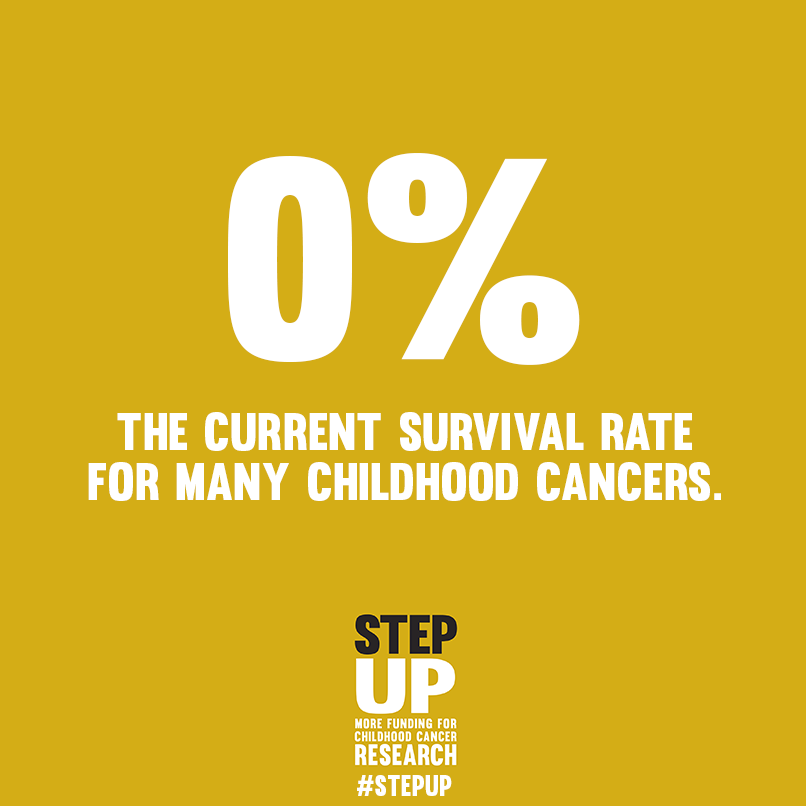

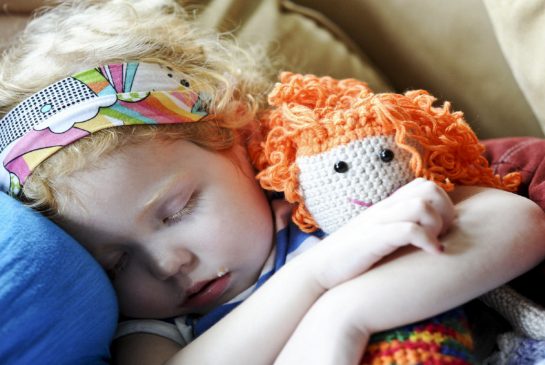
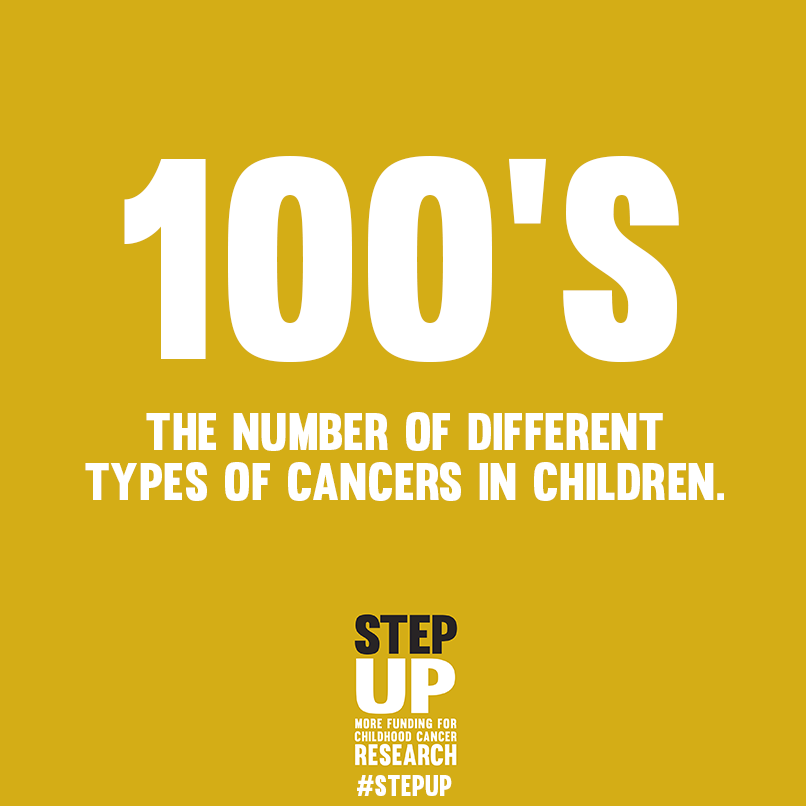
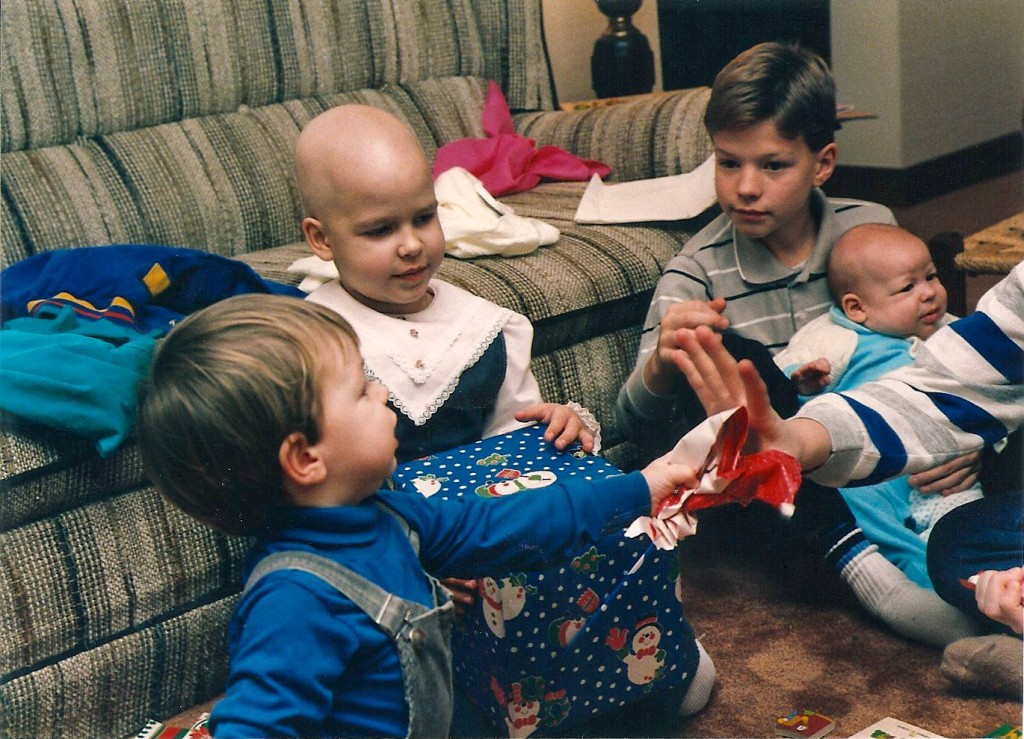
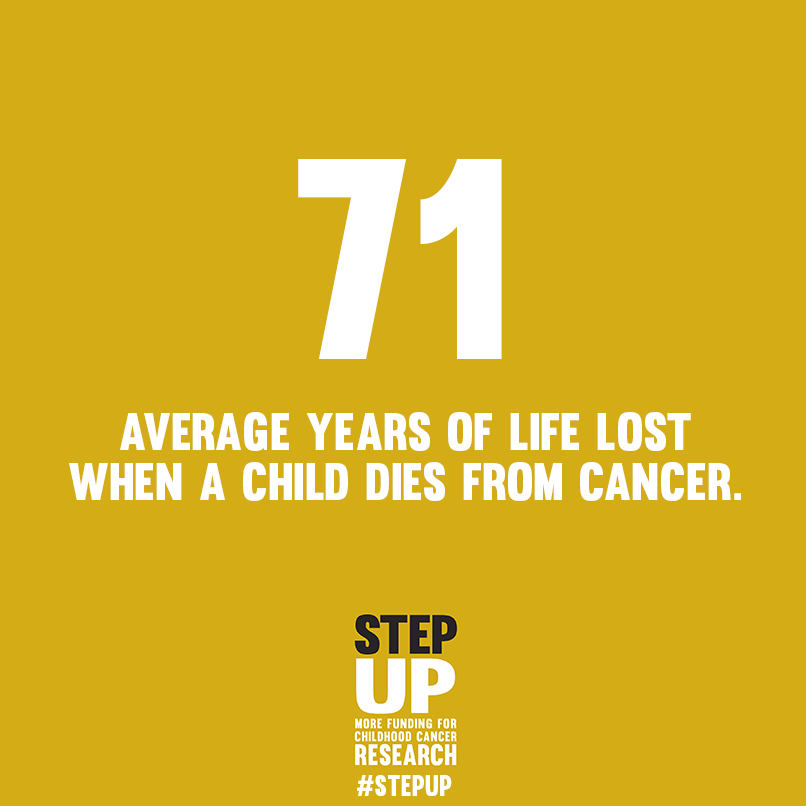
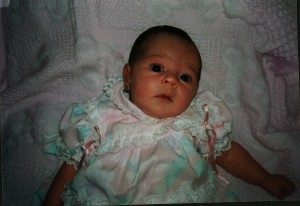 She had this innate wisdom about her that made you feel like you were in the company of an “old soul” who somehow knew that she was here to serve a greater purpose. Long before the diagnosis, you could just tell that if given the opportunity to rule the world, Talia would have done so—with a fairness and wisdom that our world desperately needs.
She had this innate wisdom about her that made you feel like you were in the company of an “old soul” who somehow knew that she was here to serve a greater purpose. Long before the diagnosis, you could just tell that if given the opportunity to rule the world, Talia would have done so—with a fairness and wisdom that our world desperately needs.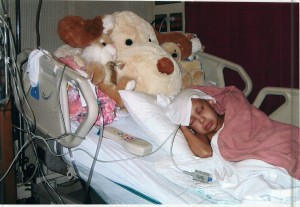 The initial results indicated Lymphoma, and as I struggled to digest this disheartening information the second round of tests and biopsies came back, and the doctor solemnly uttered the words that will forever be etched into my brain, “Talia has neuroblastoma.” I knew from his grave tone that this was a serious diagnosis, but I had no idea what neuroblastoma actually was, or what it meant for the future of my baby, my precious little girl. I began making calls to update friends and family who were awaiting the test results, but when I mentioned “neuroblastoma” to my friend who was a nurse, I was met with an eerie silence from the other side of the phone. It was at that moment that I truly began to panic—what did she know about this horrible disease that I didn’t?
The initial results indicated Lymphoma, and as I struggled to digest this disheartening information the second round of tests and biopsies came back, and the doctor solemnly uttered the words that will forever be etched into my brain, “Talia has neuroblastoma.” I knew from his grave tone that this was a serious diagnosis, but I had no idea what neuroblastoma actually was, or what it meant for the future of my baby, my precious little girl. I began making calls to update friends and family who were awaiting the test results, but when I mentioned “neuroblastoma” to my friend who was a nurse, I was met with an eerie silence from the other side of the phone. It was at that moment that I truly began to panic—what did she know about this horrible disease that I didn’t?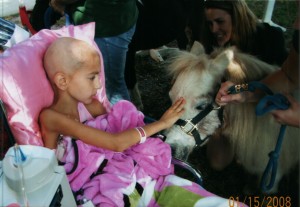 Every day felt as though I was trapped in my own worst nightmare, as I tried to navigate this new, unwelcome life we had been forced into. The words “your daughter has cancer” echoed constantly in my mind and invaded even my dreams, ensuring that there was not a moment’s reprieve from this disease. It is difficult to put into words what it feels like to watch as your child is ravaged with surgery, chemo and radiation, and to be powerless to do anything but hold her and love her as she writhed in pain, vomiting up any tiny morsel her sickly body tried to digest. Helplessly watching my daughter’s hair fall out in clumps until she was completely bald and being unable to protect her as her pure and innocent little body was marked with needle sticks, bruises and deep scars from countless surgeries—this is something no child or parent should ever have to endure, just as no parent should ever have to listen to the best doctors in the country give their child a terminal diagnosis.
Every day felt as though I was trapped in my own worst nightmare, as I tried to navigate this new, unwelcome life we had been forced into. The words “your daughter has cancer” echoed constantly in my mind and invaded even my dreams, ensuring that there was not a moment’s reprieve from this disease. It is difficult to put into words what it feels like to watch as your child is ravaged with surgery, chemo and radiation, and to be powerless to do anything but hold her and love her as she writhed in pain, vomiting up any tiny morsel her sickly body tried to digest. Helplessly watching my daughter’s hair fall out in clumps until she was completely bald and being unable to protect her as her pure and innocent little body was marked with needle sticks, bruises and deep scars from countless surgeries—this is something no child or parent should ever have to endure, just as no parent should ever have to listen to the best doctors in the country give their child a terminal diagnosis.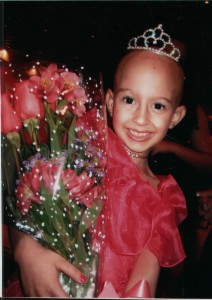
 During Talia’s 6 ½ year battle with cancer, she received treatments that were formulated for adults because, due to a lack of funding, there are no new childhood cancer treatments for Neuroblastoma. A child’s body is not made to withstand the strength of these poisonous concoctions, and the very treatments administered to save her life, ended up triggering the development of a secondary form of cancer (leukemia), which ultimately led to her death.
During Talia’s 6 ½ year battle with cancer, she received treatments that were formulated for adults because, due to a lack of funding, there are no new childhood cancer treatments for Neuroblastoma. A child’s body is not made to withstand the strength of these poisonous concoctions, and the very treatments administered to save her life, ended up triggering the development of a secondary form of cancer (leukemia), which ultimately led to her death.